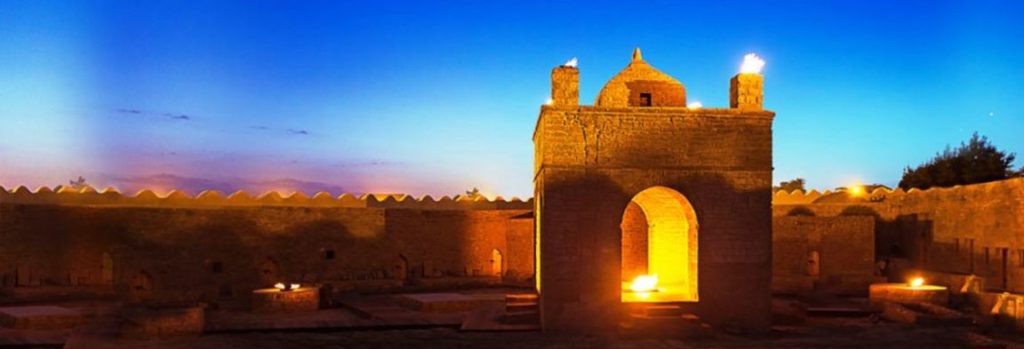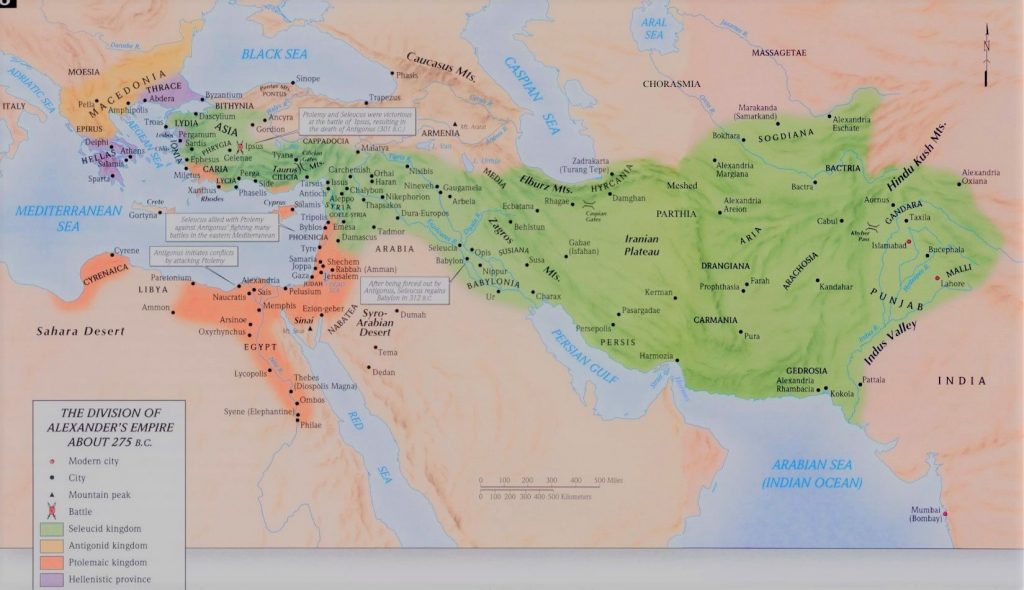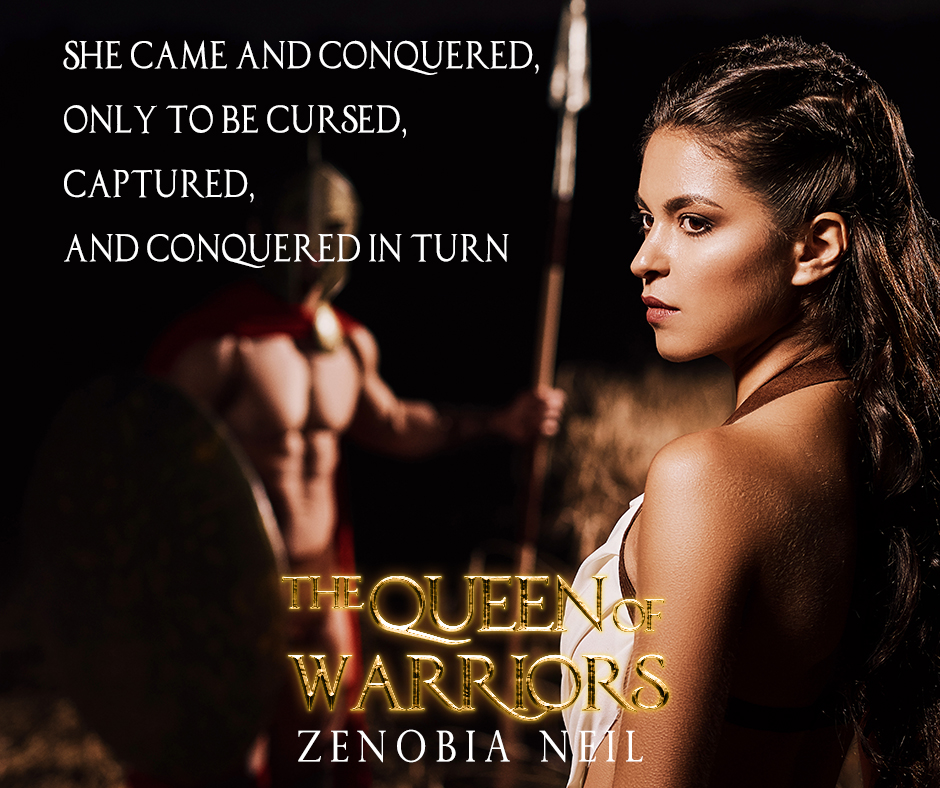
Welcome to the seventh and final part of this blog series on The World of The Carpathian Interlude.
In this post, we’re going to explore the some aspects of Zoroastrianism, one of the oldest ‘revealed’ religions in the world (though this is debated) and from which sprang the mystery religion of Mithraism that so captivated the men of Rome’s legions.
The battle between the Light and the Dark is at the heart of the ancient Zoroastrian religion, just as it is in most religions. One could say it is a part of our own souls, our various beliefs as human beings, no matter our cultural background.
It’s also at the very core of the story of The Carpathian Interlude and the characters who inhabit that world.

Ahura Mazda – from the ruins of Persepolis
…May Right be embodied full of life and strength! May Piety abide in the Dominion bright as the sun! May Good Thought give destiny to men according to their works! (Ushtavaiti Gatha, 43.16)
In Zoroastrianism, the religion of ancient Persia which is still practiced in parts of modern Iran, Ahura Mazda is the supreme deity. It is he who created Mithras, a lord of Light and the all-seeing Protector of Truth, and Guardian of Cattle, the Harvest, and other divine aspects.
For more on Mithras himself, you can read the first part of this blog series.
According to the ancient scriptures, Ahura Mazda and Mithras are Yazads (or yazata), good divinities who are immortal in essence and inseparable from their bodies.
The oldest texts of Zoroastrianism, the Yasna Haptanghaiti (written in prose) and the Gathas (hymns written in verse) are attributed to Zoroaster himself, who is believed to have lived sometime around 1200 B.C. These texts were written in the language of Old Avestan, the language of Zoroastrian scripture, which has its roots in the Indo-European language group.
The hymns, which to me feel similar in nature to the ancient Greek Homeric Hymns, are believed not to teach people, but to invoke and glorify Ahura Mazda. They are not systematized and dogmatic. Their main messages are of the struggle between Good and Evil, of truth, friendship and benevolence versus greed, arrogance and non-truth.
Light versus Dark.

Zoroastrian Fire Temple
As the holy one I recognized thee, Mazda Ahura, when Good Thought came to me, when first by your words I was instructed. Shall it bring me sorrow among men, my devotion, in doing that which ye tell me is the best. (Ushtavaiti Gatha, 43.11)
When writing The Carpathian Interlude, I wanted Mithras and his Roman miles, those on the side of Light and Truth to be facing a very ancient evil, an antagonist that was much older than Rome itself.
I turned to the ancient texts of Zoroastrianism and there found the evil I had been looking for, the Darkness.
If Ahura Mazda and Mithras, the divine Yazads, were Goodness and Light, then it was the Daevas, wicked and uncaring gods, who embodied Evil and Darkness. These evil gods were something akin to demons.
…ye Daevas all, and he that highly honors you, are the seed of Bad Thought — yes, and of the Lie and of Arrogance, likewise your deeds, whereby ye have long been known in the seventh region of the earth.
For ye have brought it to pass that men who do the worst things shall be called beloved of the Daevas, separating themselves from Good Thought, departing from the will of Mazda Ahura and from Right.
Thereby ye defrauded mankind of happy life and immortality, by the deed which he and the Bad Spirit together with Bad Thought and Bad Word taught you, ye Daevas and the Liars, so as to ruin (mankind). (Ahunavaiti Gatha, 32.3,4,5)

Ancient Persian manuscript showing a Daeva
The Daevas were the enemies of the Yazads, but they were still divinities. Then I read about another group known as the Usij.
The Usij were the false priests of the Daevas, those who worshiped them, the beloved of the Daevas. It is the Usij, or rather one in particular, who is the ultimate antagonist in The Carpathian Interlude. As a man, the Usij is mortal, immortal in essence but separable from the body. He is everything that is bad about men, and seeks to tear down the gods in any way he can.
Have the Daevas ever exercised good dominion? And I ask of those who see how for the Daevas’ sake the Karapan and the Usij give cattle to violence, and how the Kavi made them continually to mourn, instead of taking care that they make the pastures prosper through Right. (Ushtavaiti Gatha, 44.20)

Artist impression of Zoroaster
Parts of the Yasna text suggest that Zoroaster himself often debated with the Daeva-worshipping priests who were devoid of goodness of mind and heart, and full of arrogance.
It has been theorized that the defining religious theme of Good vs. Evil, Light vs. Darkness, may have originated in ancient Zoroastrianism (which still has a minority of followers today in Iran) and then been absorbed by other religions such as Judaism, Christianity, and Islam.
So…
How do the Yazads, Daevas, and Usij fit into the world of The Carpathian Interlude?
You need to read the book to find out. However, as is illustrated in the ancient Gathas and Yasna of Zoroaster, where there is Good there too is Evil. Where there is Light, there is also Darkness.

These ideas are as old as the world itself, and they are at the very foundations of storytelling.
In The Carpathian Interlude, I’ve tried to explore the theme of Light and Dark in what I hope is a unique, thought-provoking, and entertaining way. If you read this story, I hope that you enjoy it, that it provokes some thought about this eternal struggle, and that you are inspired by it.
Thank you for reading.

Only when fear is at its most intense can true heroism come into the light.
For ages, an ancient evil has been harboured in the heart of the Carpathian Mountains, an enemy of the god Mithras, Lord of Light.
In A.D. 9, when three of the Emperor Augustus’ legions are slaughtered in the forests of Germania, it becomes evident to a small group of experienced veterans that something more sinister than the rebellious German tribes is responsible for the massacre.
It falls to Gaius Justus Vitalis and a few warriors favoured by Mithras to hunt down and destroy the forces of undead spurred on by this ancient evil. Summoning all of their courage, they must wade through horror and rivers of blood to bring Mithras’ light into the darkness, or else see the destruction of Rome, the Empire, and all they hold dear.
The adventure begins with the appearance of a young refugee beneath the walls of a distant legionary base…







